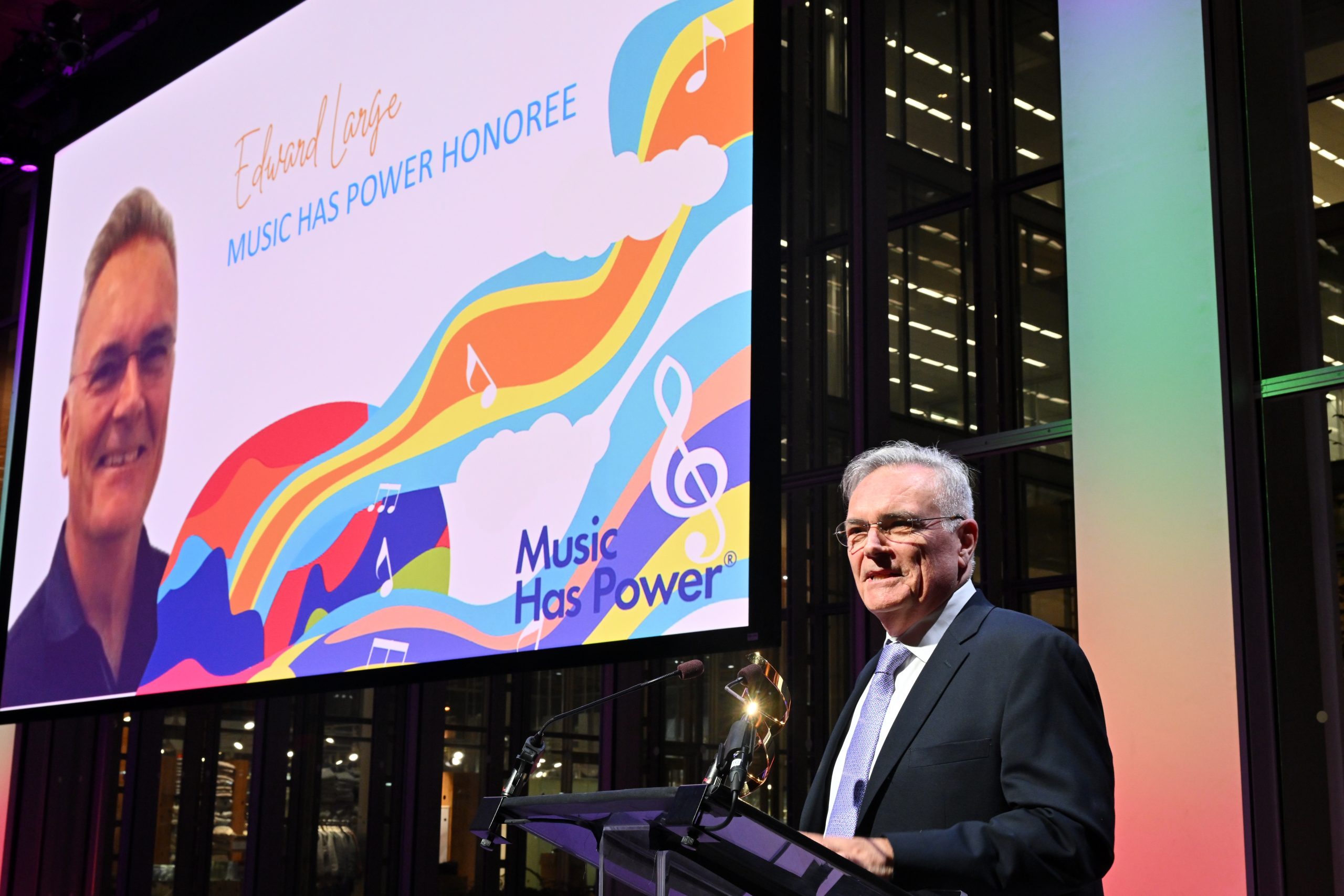UConn’s Class of 2025, the first to be admitted under the University’s test-optional admissions pilot program, is joining the campus community with record-high diversity levels and an impressive cadre of valedictorians, salutatorians, and new Honors Program students.
First-year students move into the Storrs residence halls starting Friday, Aug. 27, followed over the weekend by returning and transfer students, and all Stamford residential students. Fall semester classes begin Monday.
UConn expects to enroll about 3,700 first-year students at Storrs this fall, along with almost 1,800 first-year students at the regional campuses in Hartford, Stamford, Waterbury, and Avery Point.
They will be joined by about 660 students transferring to Storrs from other colleges and universities and around 200 transferring from other institutions to the regional campuses.
About 46% of the incoming Storrs class are students of color, a new high for the campus. All of the enrollment figures are preliminary, with final numbers determined on the semester’s 10th day.
UConn’s first-year and transfer students all join the University as it works to bounce back from pandemic-related changes that kept the on-campus population low last year for safety purposes and moved much of its academics and activities online.
They also are the first incoming students accepted under the test-optional application process that UConn announced in spring 2020 for three years starting with this cycle, in which students could submit their scores if they wished but would not be penalized or disadvantaged if they chose not to.
UConn already uses a holistic application review process in which no single piece of an application, including standardized test scores, would be the make-or-break factor considered for an offer of enrollment.
“We feel confident based on our reviews of each applicant that the quality of this class is very strong and that these students are very well prepared for success at UConn,” says Vern Granger, UConn’s director of undergraduate admissions.
“We know our current UConn students were impacted by COVID, but the application review process also showed us very clearly how it affected high school students and added stress to their college planning,” Granger says. “We’ve been in contact with our campus partners to be sure our faculty and staff know they’ve had a different experience compared with the past, and are prepared to work with those students in whatever way they need in the transition.”
The University had already engaged in self-study around testing policies before COVID-19’s spread, but the pandemic added impetus by exacerbating the underlying issues, since high school students had such varying access to e-learning, preparation for the SAT and ACT, and conducive testing environments.
The University plans to follow and study the performance, retention, and graduation rates of this class and the next two classes to determine whether the test-optional policy influenced student success rates and increased accessibility to talented students who otherwise faced barriers associated with the tests.
UConn did not compare this year’s SAT and ACT scores against those of previous years because all earlier applicants had to submit scores, whereas those submitted for the Class of 2025 were only among students who chose to do so, making a true comparison unavailable.
It’s clear the incoming class is highly talented: It includes 73 valedictorians and 88 salutatorians, and 554 first-year students whose achievements earned them a spot in the highly competitive Honors Program.
UConn’s first-year enrollments at Storrs and the regional campuses all fell within the target ranges, despite a shrinking pipeline of high school graduates and potential college transfer students due to changing demographics in the region.
In fact, UConn received a record number of applications – more than 38,000 – for the Class of 2025 despite the pandemic’s challenges, including more than 36,000 who specifically requested admission to the Storrs campus.
Interest was also noticeably piqued among applicants in pursuing health-related majors such as nursing and allied health, likely spurred by the COVID-19 pandemic, along with the traditionally popular majors of business, psychology, engineering, and others.
First-year enrollment across UConn’s regional campuses continue to be near record highs, which surged to more than 2,000 last year amid the pandemic. This year’s entering classes at Hartford, Stamford, Waterbury, and Avery Point are better aligned with the resources of the campuses and ensure the personal attention that have become a hallmark of these locations.
While pandemic-related travel complications resulted in fewer international first-year students joining UConn than in a typical year, interest remained strong among Connecticut and out-of-state residents.
About 60% of the Storrs first-year students are Connecticut residents, a trend that has held true for many years, coming from 157 of the state’s 169 towns and cities. They also originate from 42 states and 17 countries.
In a typical year, out-of-state students represent about 30% of first-year students and international students represent about 10 percent; this year, though, those numbers are 34% and 6% due to overseas travel difficulties.
The overall UConn undergraduate student body will comprise about 77% from Connecticut, as has been the case throughout the recent past and is expected to continue moving forward.


